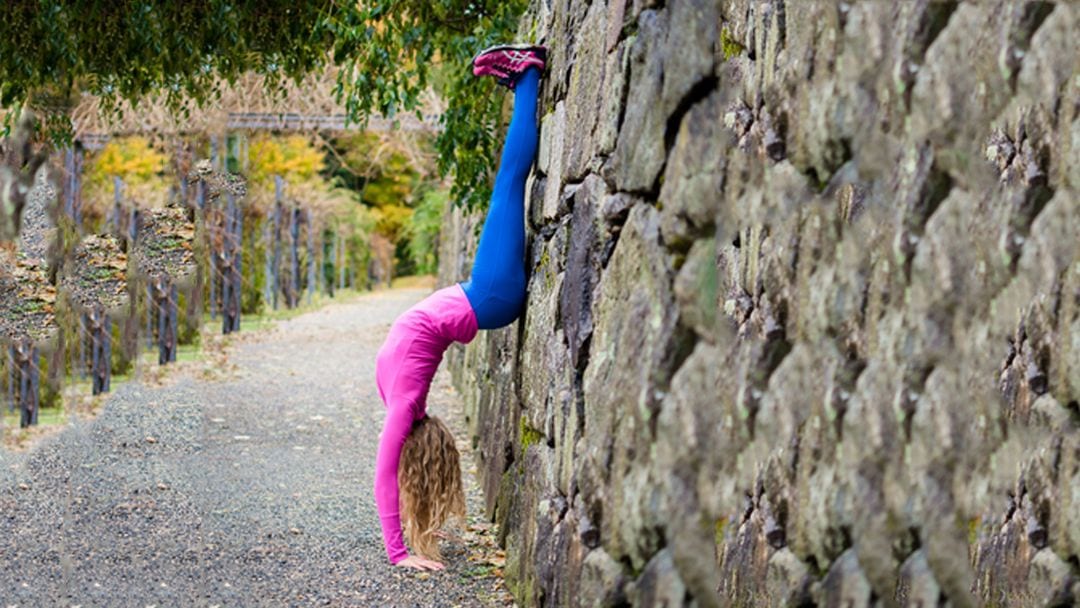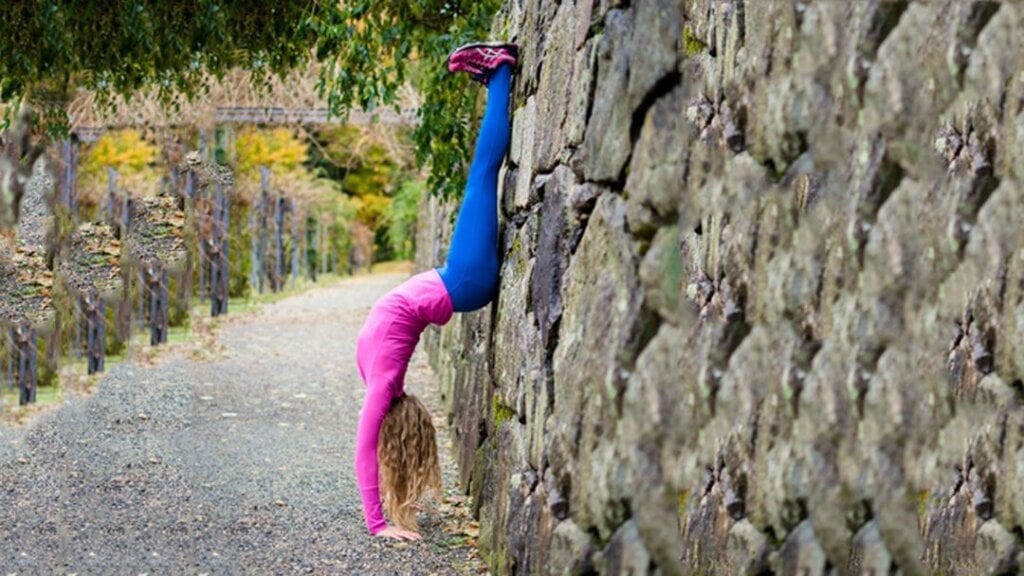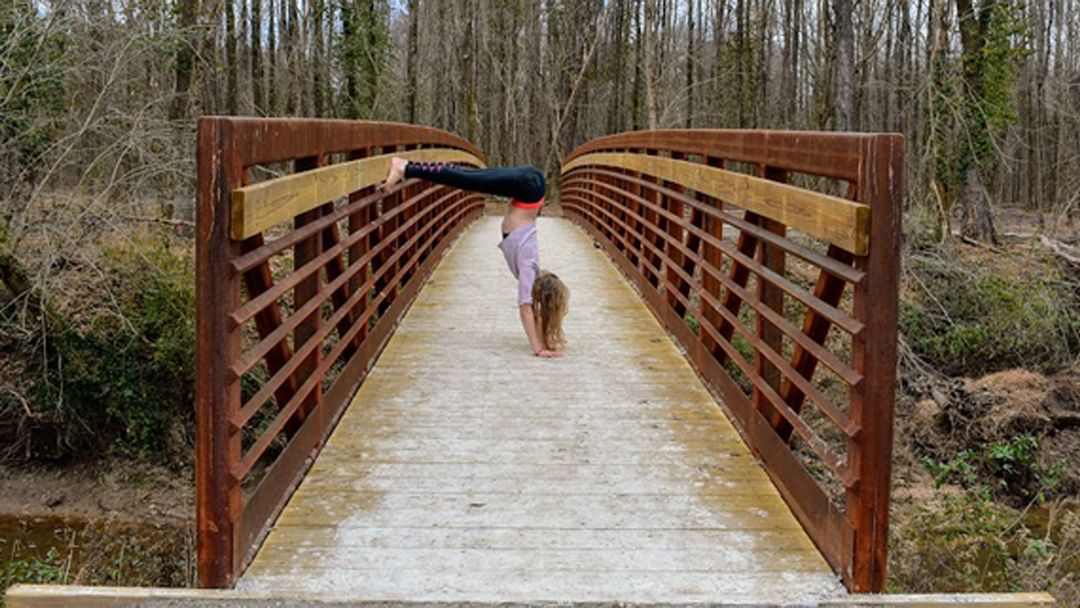“Mind over matter” is a phrase that is commonly promoted in fitness, which suggests that individual willpower is enough to overcome our physical limitations. In many respects, this statement applies to yoga because mental effort is an essential component of the practice. Yet strength is equally important in accessing more advanced yoga poses, like handstands, arm balances, and deep backbends. This article explores the relationship of the mind and physical strength in our capacity for attaining challenging yoga postures.
Why try to access advanced yoga poses?
Most yoga teachers have heard far too many students say, “I’m just not flexible enough for yoga” or “I could never possibly balance on my hands!” Images promoted by the media of scantily-dressed figures with their limbs tied into pretzels can be enough to discourage students who are new to yoga and scare off others who may have been curious to try it. However, attaining the more challenging yoga poses is not indicative of how good someone is at yoga.
When we trace yoga back to its roots, asana (the physical yoga postures) is just one yoga’s eight limbs. The ultimate goal of yoga is to achieve a higher state of meditative consciousness, not to twist ourselves into the most physically-demanding shapes. Thus, we don’t ever need to come close to approaching advanced yoga postures to have an advanced practice.
That being said, yoga sequences that challenge us can be engaging enough to get us out of our minds and exciting enough to keep us coming back to the mat. As students of yoga, we can all safely work into more advanced versions of postures if we are physically and mentally prepared.
Mental Preparation: Self-Discipline
The most challenging part of yoga is often showing up to the mat. The concept of self-discipline is known as tapas in Sanskrit, and it is one of the Niyamas, or fundamental principles of yoga in how to live our lives. Mental discipline is needed to continue practicing at home or at the studio day after day. It is through this daily effort that we can improve our awareness of our own physical limitations and abilities. Through this awareness, we can learn to work within our abilities to access more advanced postures.
Strength training
Mental effort alone is not sufficient to access advanced yoga postures. No matter how brave we may be to jump into a crow pose, there is a high likelihood that we will be unable to maintain the shape unless we can hold our own bodyweight in Chaturanga Dandasana (low plank).
Similarly, we may be bold enough to kick into handstand in the center of the room, but we may fall out of it if we haven’t already built the strength to hold an L-pose handstand on the wall. Not only is it ineffective to rely solely on mental effort, but it may also be unsafe. Injuries may result when we force ourselves into shapes that our bodies are not yet strong enough to hold. Thus, strength is a healthy component of any sustainable yoga practice.
Mental Preparation: Bravery
Once we’ve established a regular yoga routine and started building strength and proprioception, we can begin overcoming fears of falling out of advanced poses.
Bravery is a second, necessary part of mental preparation of advanced postures. No matter how strong we are or for how many years we’ve been showing up to the mat, we can never land in a stable handstand or arm balance unless we make the leap. Accessing advanced postures requires a leap of faith in our own abilities to hold ourselves in unfamiliar shapes – or to fall out with grace. Practicing handstand at a wall or crow with a blanket underneath us can be important stepping stones in building confidence in our strength.
Harmony of the mind and strength
When the mind and strength work together in harmony, we can safely work towards advanced yoga postures. The mind is the first piece of the puzzle required to bring us to our mat and keep us showing up. From this act of self-discipline, strength will gradually follow as we continue to work into exercises that build the muscles we need for the poses we hope to achieve.
Finally, once we’ve built sufficient strength, our minds can allow us to take the last brave leap into our posture. Regardless of whether that final leap means kicking our legs into a handstand or floating our feet into an arm balance, we can gain confidence from the strength we have built to counter our fears of falling.
With a happy marriage of the mind and strength, we can fly with grace into poses we may have never thought we could achieve the first time we stepped on our yoga mat.






